Sharing our science: communicating scientific findings in science and society

By Mara van der Meulen
One of my favorite things about being a scientist is sharing the results of my work. After spending countless hours in data collection, data organization, data processing, and data analysis, I find it very rewarding to hear what others think of my findings and how these findings might be of use for them. Sharing findings with other scientists is relatively easy: we meet each other at meetings or conferences and share our findings via poster presentations or oral presentations. It seems a slightly different story to share our findings with a wider audience. There are certain practicalities that have to be taken into account: what prior knowledge does the audience have, and how detailed should the story be? What language to use in order to best convey a message? (see this earlier SYNC blog for some inspiring examples of how to tackle these issues). Due to these differences, communicating scientific findings in science and society might seem like two very distinct activities that require particular skills. However, I would like to argue that the two have more in common than you initially think. Let me explain by sharing my thoughts on why communicating science is so important.
Motives for science communication
Throughout my PhD and postdoc I have gained experience in communicating my findings both to scientists and non-scientists. After numerous poster presentations, conference talks, popular scientific blogs, interviews, and even an appearance in a popular Dutch children’s TV series I realized that I have three main motives for science communication: giving back to others, getting others excited about science, and gaining new perspectives on my own work. I think that these three factors play a large role in for communicating scientific findings in science as well as in society.
Giving back to others
First, a little background: I’m a researcher with a strong interest in social competence, and especially in prosocial behavior (i.e. behavior that we engage in to help another person). One important aspect of prosocial behavior is sharing possessions, such as money or goods, in order to support another person. As humans we have a tendency for reciprocal prosocial behavior: when you give me something nice, I am likely to give something back to you as well. The same goes for sharing scientific findings. When I started my research on prosocial behavior I based my hypotheses on previous findings, conducted by many researchers before me. Because they published and shared their work I was able to formulate a theoretical framework for my own research. In turn, I now hope to contribute a bit to the research cycle by sharing my findings with other researchers in the hope of inspiring them. Sharing science is also informed by society, as many of our scientific questions are fueled by societal issues. Society provides many questions (such as why some children are more prosocial than others), and when I’m sharing my findings with a wider audience I hope my findings will provide information and inspiration for policymakers, teachers, and parents. In turn they might utilize that information to figure out how to best support children’s social development. So, by being prosocial with my own findings, I can contribute to both scientific and societal groups in order to eventually foster prosocial behavior in others!
Science is exciting!
My second goal in communicating scientific findings is to get others excited about science. This actually not only pertains to scientific findings, but more to the scientific process as a whole. For fellow scientists this is not so complicated: especially those in the same field are likely to get as excited by novel paradigms, brand-new neuroimaging methods and state-of-the art statistical analyses as I am. But also sharing the details of data collection (such as research protocols on the L-CID website) or the tips and tricks on how to motivate your participants can increase researcher’s enthusiasm: by not having to reinvent the wheel in the data collection procedure, more time remains for tasks such as data analysis or writing papers. Sharing these fine details of doing science is probably not as appealing for a societal audience, but it can serve another important purpose. By being transparent about how our scientific studies are conducted, and showing how much work has been done to arrive at a certain conclusion, we might be able to increase or maintain people’s trust in scientific results. For example, explaining what we can actually do (and not do) with an MRI scanner, and what exciting discoveries the field of developmental neuroscience has made in the last decade about the developing brain, might help to make a wider audience understand the added value of neuroscience in researching human behavior. Of course an additional bonus of sharing science with a younger audience, such as children and adolescents, is being able to show that not all scientists are lab-coat wearing hermits who never leave their dusty attic 🙂
Gaining new perspectives
Finally, as I wrote earlier, prosocial behavior is often reciprocal: when you give me something nice, I am likely to give something back to you as well. This means you can also benefit from sharing with someone else. This is exactly what I experienced in communicating my findings: apart from contributing to others’ knowledge and enthusiasm, I also get something out of sharing my findings for myself. Having both scientists and non-scientists ask questions or provide feedback after I present my findings really helps me to view my findings in a new light. Sometimes they point out aspects that I didn’t really consider before (such as how having a twin brother might influence a child’s tendency to be prosocial). At other times their questions help me realize that there are some details in my results that I don’t fully comprehend yet, and that require a bit more thinking or an alternative analysis. Either way, sharing my findings with others clearly has benefits for me too.
To sum up, even though communicating scientific findings in science and in society might sound like very different things, my motives for engaging in both highlight some commonalities: they both allow us as researchers to share our findings and gain new insights for ourselves. By sharing our findings with a larger group (be it other scientists or a wider audience) we can contribute to the eternal research cycle that continuously brings us one step closer to answering important scientific and societal questions.
PS. If you are attending the NVP Conference in the last week of April, come say hi at our posters or talks! We’ll probably learn a thing or two from each other 🙂
Contact
Erasmus University Rotterdam
Mandeville Building T13
Burgemeester Oudlaan 50
3062 PA Rotterdam, the Netherlands

